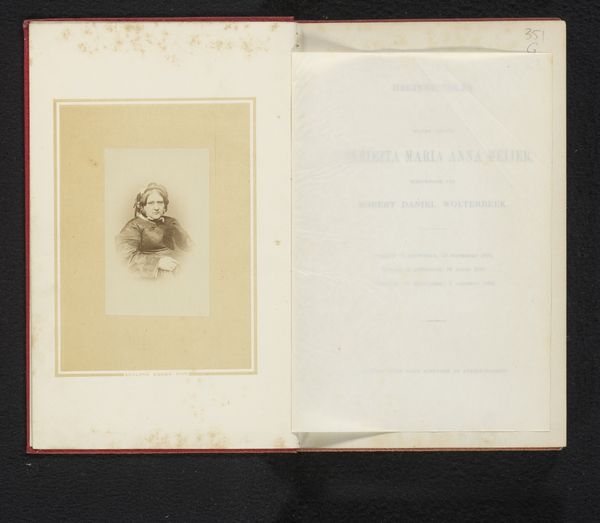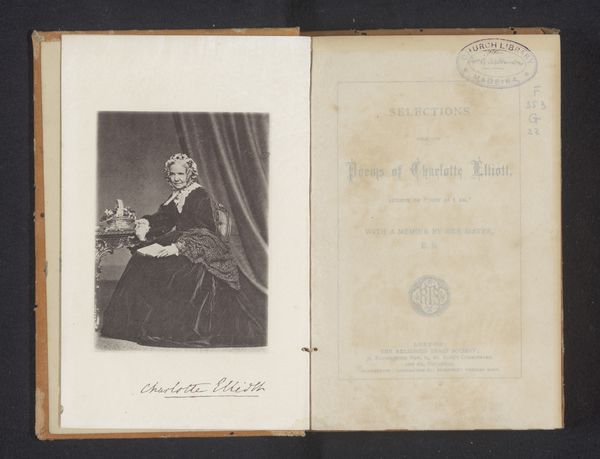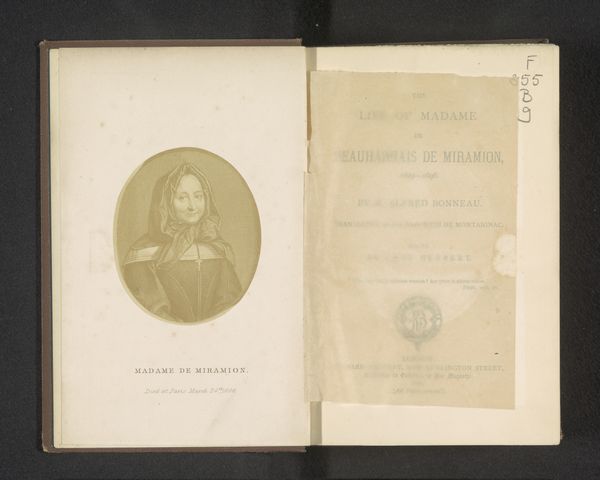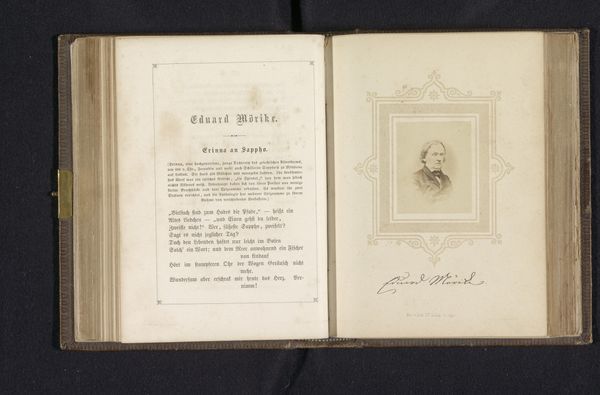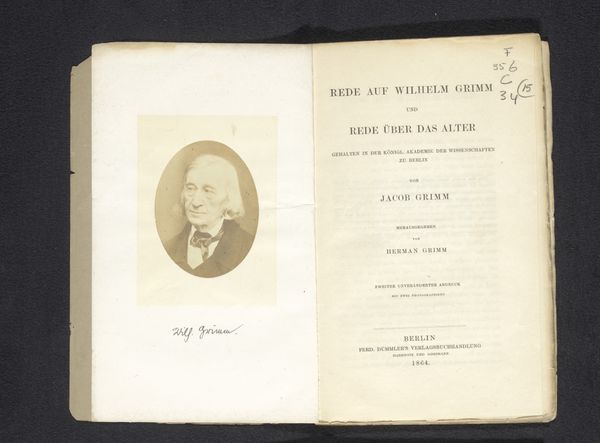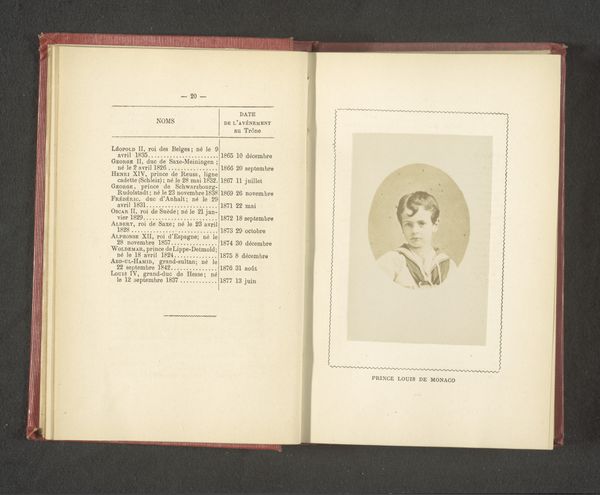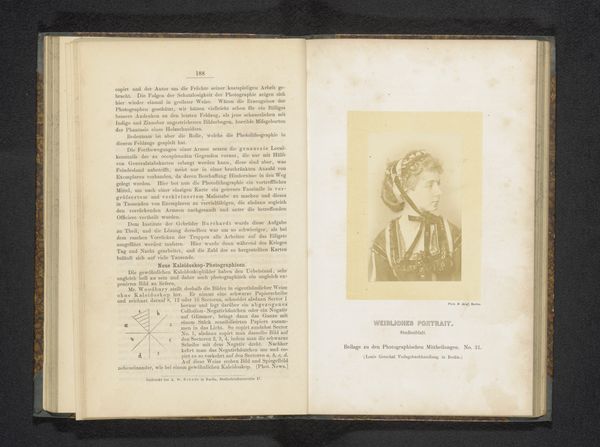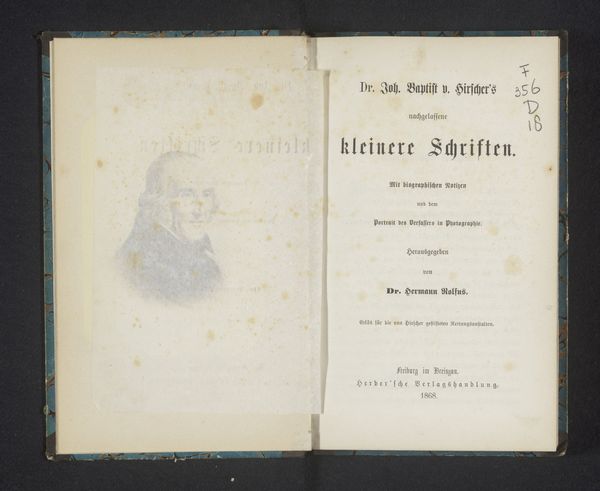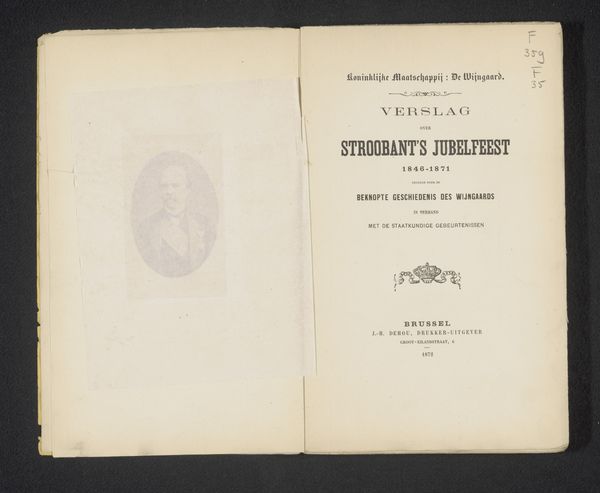
Fotoreproductie van een schilderij, voorstellende een portret van Joost van den Vondel before 1876
0:00
0:00
print, etching
#
portrait
#
dutch-golden-age
# print
#
etching
Dimensions: height 118 mm, width 90 mm
Copyright: Rijks Museum: Open Domain
Curator: Here we have a photomechanical print of a portrait of Joost van den Vondel, likely made before 1876 by Johannes Wilhelmus Franciscus Offenberg. Editor: It's so subtle. The tones feel incredibly muted and restrained; it has an almost ghostly quality to it, doesn’t it? You can almost smell the old paper. I'm immediately drawn to the texture. Curator: Vondel was a giant in his time—a playwright and poet during the Dutch Golden Age. It’s interesting how this reproduction flattens the richness of the original painting, turning it into something more widely accessible. What’s lost and gained in that transfer? Editor: Exactly! The mechanical process of etching, then photographic reproduction, each step mediates our relationship with Vondel. We see a portrait not of Vondel himself but of an idea of him, filtered through layers of artistic labor and industrial means. The very concept of portraiture changes under this type of labor, becoming part of the world of consumption, doesn’t it? Curator: Precisely. Think of the changing role of the portrait. Early on, painted portraits of figures such as Vondel became a public method to immortalize leaders and key public intellectuals. The inscription along the bottom says ‘Iustus Vivit Fide’… Editor: ...meaning, he lives by faith, which would add to his role as a beacon of Dutch cultural prowess in society. But by reproducing the etching this way, the social role has transformed again to something like an artistic artifact and less like an advertisement for moral rectitude. Curator: Absolutely. And the printmaking process itself made imagery democratic. The scale too– it’s small and meant to be collected, even bound, isn't it? This format lends it a far more personal connection, changing the context. Editor: I hadn't thought about it that way. Thanks, this certainly highlights for me the intersection between process, social access, and historical persona. Curator: A perfect summation. This exercise certainly underscores the cultural currency inherent to portraiture and to those depicted in its form, through each step of its artistic evolution.
Comments
No comments
Be the first to comment and join the conversation on the ultimate creative platform.
